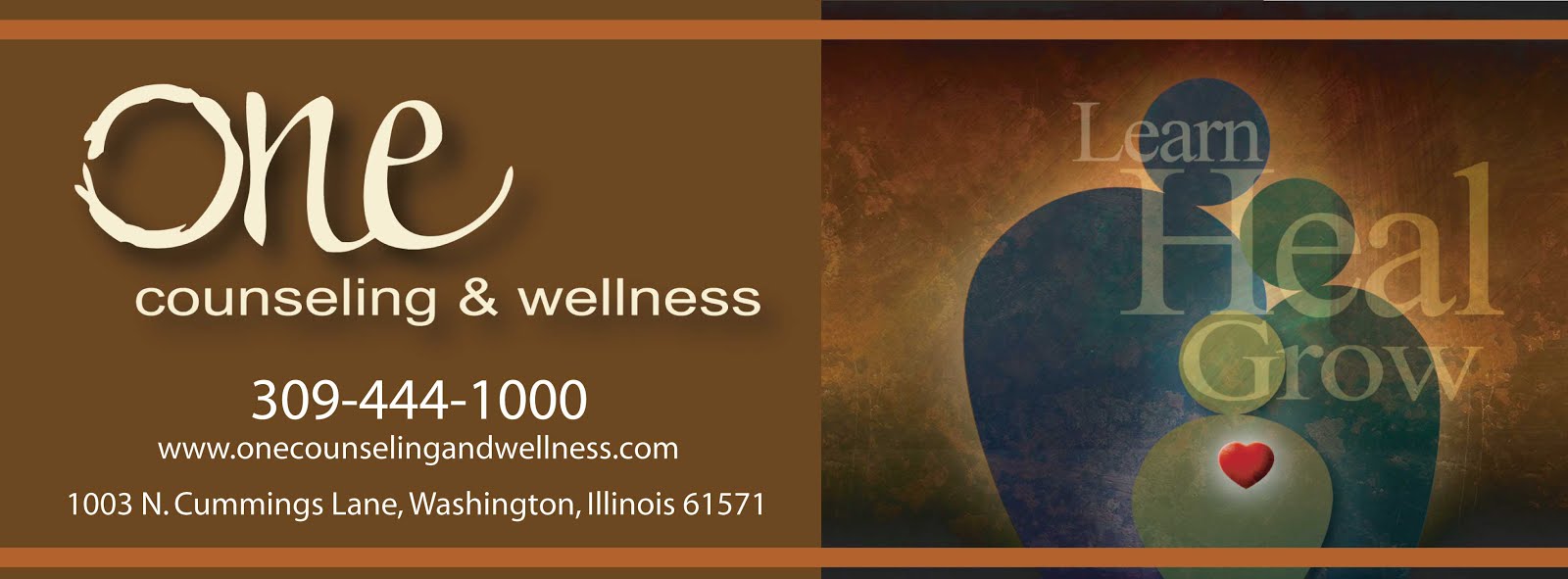TAP INTO THE POWER OF GRATITUDE!
Our world has changed so dramatically in the past several months, it’s easy to lose our perspective and focus on all of the things we can’t do right now. As we shelter in place, we don’t have the freedom to engage in many activities that we’ve always taken for granted, such as: going into the office; attending in-seat classes; traveling when and where we want; socializing (in person) with our family, friends, co-workers, and fellow students; and enjoying concerts, movies, or our favorite restaurants. Oftentimes, we aren’t able to buy everything we want at the grocery store - remember when the shelves were packed with toilet paper? ☺ When we constantly look at what we don’t have in our lives at this moment, our stress level increases which can lead to anxiety and depression.
The good news is that there is a potent antidote to the stress-filled blinders we may be wearing: GRATITUDE! Even better news is that we can all access gratitude whenever we want. Gratitude is a powerful tool that helps us shift our perspective and recognize the many good things in our lives. As we cultivate gratitude, we become less anxious and more resilient which helps us maintain a healthy, positive outlook during a very uncertain time.
When we tap into our gratitude, we can focus on things that are larger than ourselves and we can feel more connected to others. In addition to enhancing our mental health, gratitude has also been shown to improve our physical health by boosting our immune system – something we can all use right now!
Here are some suggestions on ways you can cultivate gratitude for the many blessings – big and small – in your life.
- Make a Gratitude List. When you get up in the morning, write down five things you’re thankful for – don’t overthink it, just write down the first things that come to mind. Before you go to bed at night, make another gratitude list. In addition to feeling better, you may find it easier to fall asleep. If you have trouble making your gratitude list at first, that’s OK – be kind to yourself. The more you get in touch with your gratitude, the longer your lists will become!
- Tell someone how much you appreciate them. You can express your gratitude to someone in your life by sending a thank you note (by snail mail – gasp!), an email or a text.
- Keep a Gratitude Journal. If you enjoy writing, write about the things you are grateful for in a gratitude journal. Don’t judge what you write or your grammar or penmanship– just focus on recognizing the many gifts in your life.
- Create a Gratitude Jar. This is a fun activity you can do by yourself or with family members, especially children! Go through your craft supplies at home and use them to decorate your Gratitude Jar (or box or any container you have at home). Everyone in the family could make their own Gratitude Jar or you could make a large one for the whole family. Once your Gratitude Jar is done, write one thing you are grateful for on a Popsicle stick or slip of paper (or something else) and put it in the jar. Once a day put at least one additional gratitude item in the jar. You can decide how to use your Gratitude Jar – you may want to look at the contents weekly or have each family member pull out and read one gratitude entry before or after a meal.
- Instead of a Gratitude Jar, you could make a Gratitude Tree (using a large indoor plant or a tree made out of construction paper). You can write one thing you are grateful for on individual leaves and hang them on the tree. Or get even more creative – make a Gratitude Hippopotamus and anything else that helps you express your gratitude and smile!
- Explore different Gratitude phone apps. Check out some of the apps on your phone which support a focus on gratitude. I just looked at Gratitude Plus and it offers support for making gratitude lists, journaling, creating affirmations, and connecting with the community throughout the US (you can either join a circle of people or create a private group of family and friends where you can share gratitude with each other).
I hope that practicing gratitude will bring you moments of happiness and peace during this challenging time.
Be Well - Vicki
Vicki Kamhi is a nationally certified Licensed Clinical Professional Counselor (LCPC) and Certified Alcohol/Other Drug Counselor (CADC) with over ten years of counseling experience. Vicki is a part-time therapist with One Counseling & Wellness and currently works full-time as a therapist in a higher education setting. She has also presented a number of workshops on mindfulness. Vicki strives to create a positive, collaborative partnership with people that is based on mutual respect. Through this partnership, Vicki inspires people to build on the strengths they already possess and gain more insight into unhelpful patterns of thinking and behavior that can contribute to emotional distress.
